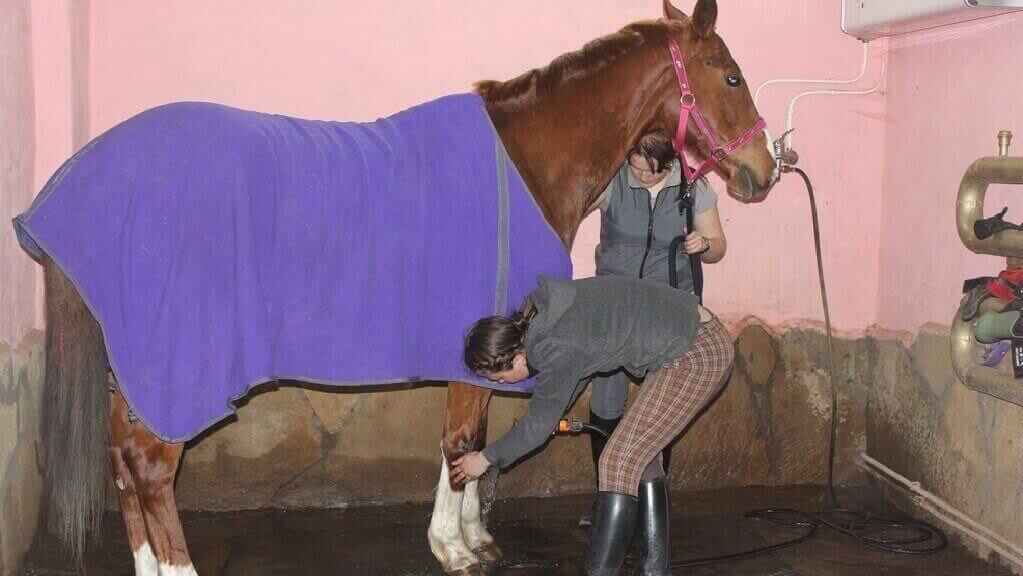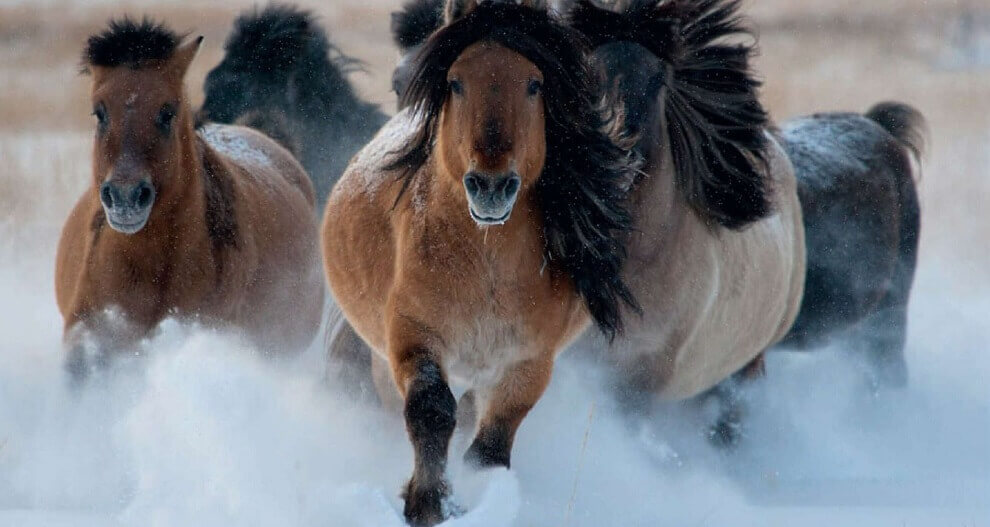Horses are susceptible to various diseases; they can quickly become ill without proper care and feeding. It is straightforward to distinguish a sick horse from a healthy one. A healthy horse has a cheerful appearance, shiny eyes, and a good appetite. A sick animal will show anxiety, worry, and be lethargic.
All equine diseases can be divided into infectious and non-infectious. Infectious diseases include:
- – glanders
- – accidental disease
- – anthrax
- ”” washed
- – skin diseases.

Non-infectious include gastrointestinal disorders and joint problems.
Let’s take a closer look at some diseases.
Wash
Myt is an acute infectious disease of horses. Its symptoms are swelling of the lymph nodes, nasal discharge, and high fever. The causative agent is streptococcus. Foals and young animals are more often affected by the disease. Such horse diseases are transmitted through feeders, care items, and drinking bowls.
Glanders
Glanders are dangerous for both animals and humans. The symptoms are ulcers that form and develop on the mucous membranes. A bacterium is the causative agent of the disease. If this disease is detected, you must eliminate the sick animals and thoroughly disinfect the stables, stalls, drinking bowls, and feeding troughs.

anthrax
The most dangerous disease in horses. The disease develops extremely quickly; death sometimes occurs within 24 hours. The causative agent is a particular type of rod-shaped fungus. This disease is dangerous for humans. There is a vaccine against it.
Casual disease of horses
Incidental disease is a chronic disease. Characteristic signs are the formation of swelling on the skin of the genital organs, subsequent paralysis, and severe exhaustion of the body. The source of the pathogen is already sick horses. The mortality rate is relatively high and can reach 30” 50%.

Skin diseases
Skin diseases are painful for both the animal and the rider. Treatment requires patience, time, and a qualified veterinarian. We can distinguish scabies, midges, and eczema among these categories.
Hoof inflammation
The cause of this disease may be sudden hypothermia of the animal or hard work. The main symptoms are high fever, weakness, and thirst. Special novocaine preparations are used for treatment.
There are many diseases of horses, some of which are dangerous to humans, so it is better to study the symptoms in advance to provide timely assistance carefully.




